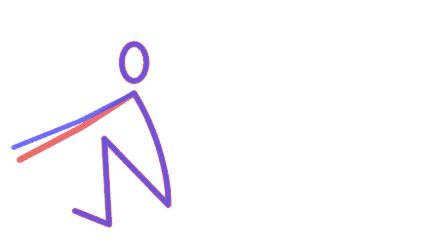|
|
Recovery – Systematically tapping the water |
| Mistake: | The water is lightly touched by the blade at a certain moment in the recovery while (by definition) the boat is level. Also see:  Balance. An extreme form of this is Balance. An extreme form of this is  Sliding the blades over the water, where the blade resides almost permanently on the water. A lighter form of this is the Sliding the blades over the water, where the blade resides almost permanently on the water. A lighter form of this is the  Blade dive flight where the blade approaches the water and leaves it again. Blade dive flight where the blade approaches the water and leaves it again. |
| Observe: | Blade: look at the blade to see if and when it hits the water, Oarlocks: look at the oarlocks and determine if the boat is level. |
| Cause: | Wrong mental image of the (ideal) stroke or too little downward pressure on the handles. Possibly caused by a  Sliding stroke or nonchalance. Sliding stroke or nonchalance. |
| Conse- quence: |
Loss of speed due to blade drag and difficulty with choppy water. |
| Remedy bin/ boat: |
Help the rower find the correct blade height with the exercise  Blade trail variations. Check the finish: it should be round and deep. If not, focus on this first and resolve this mistake ( Blade trail variations. Check the finish: it should be round and deep. If not, focus on this first and resolve this mistake ( Blade turn out). Otherwise, practice maintaining pressure on the handle(s), for example by moving the blades/blade vertically up and down during the recovery, mimicking a bird's wing beat. Blade turn out). Otherwise, practice maintaining pressure on the handle(s), for example by moving the blades/blade vertically up and down during the recovery, mimicking a bird's wing beat. |
| Feed- back: |
Visually by looking at the blade, this should not be touching the water. By ear by hearing the tap against the water. |
| Cox chair: |
A rower's blade always touches the water at the same time during recovery. You can see and hear this. |

Systematically tapping the water (red) compared to a (blue) proper recovery (www.rowanimation.nl).
 |
Recovery – Sliding the blades over the water |
 |
Recovery – Dive Flight |
This article was translated automatically and is provided to you for free. You are most welcome to improve it!











